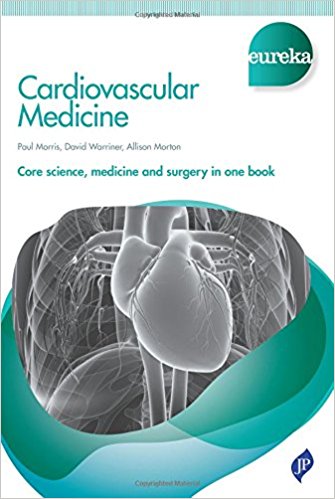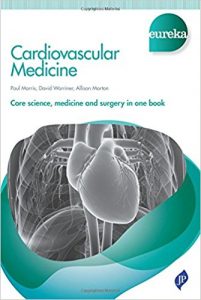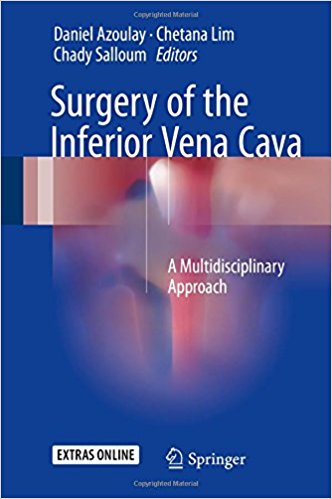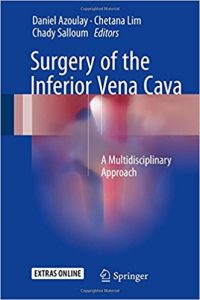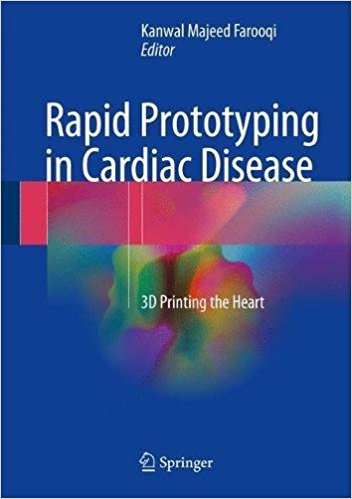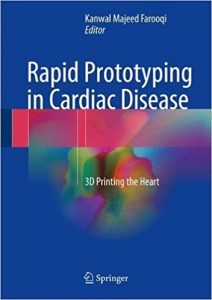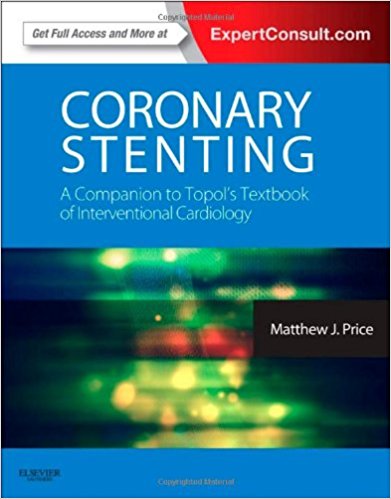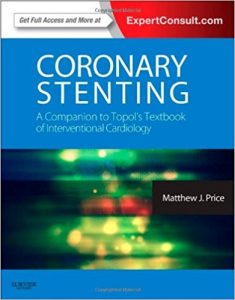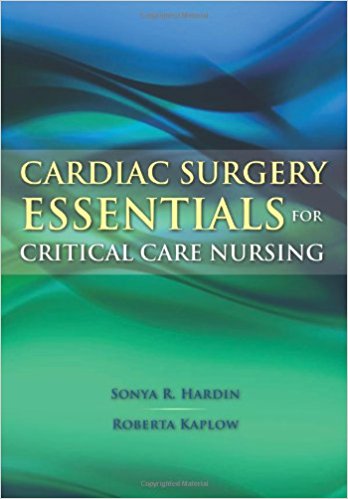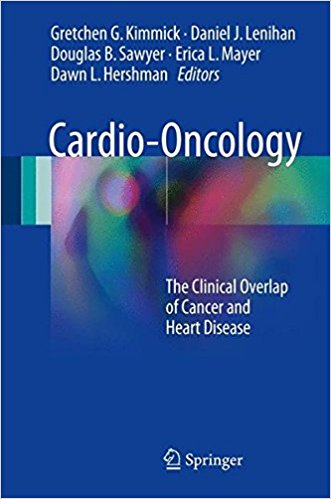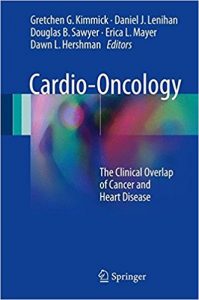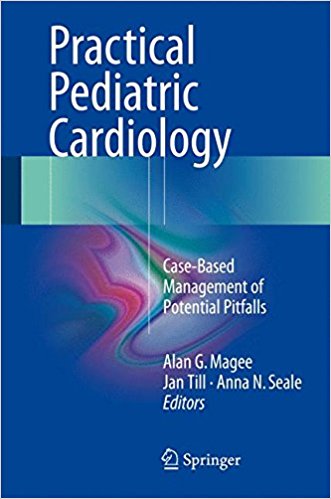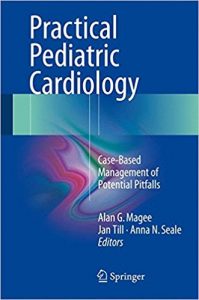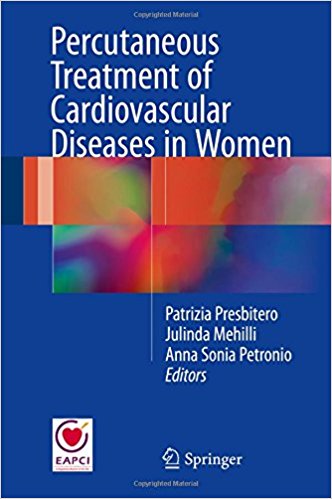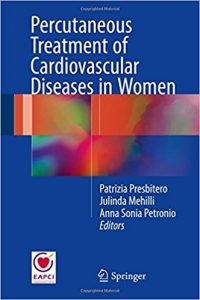Oxford Textbook of Advanced Heart Failure and Cardiac Transplantation 1 Har/Psc Edition
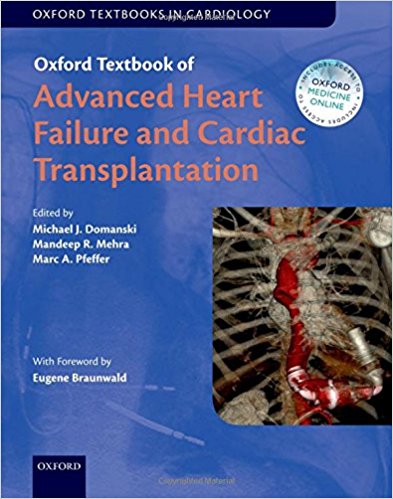

[amazon template=iframe image2&asin=0198734875]
Heart failure is epidemic throughout the world. A growing incidence and prevalence has resulted in a large population of individuals transitioning to advanced stages of the syndrome and requiring uniquely specialised therapies and cardiac transplantation.
Oxford Textbook of Advanced Heart Failure and Cardiac Transplantation is a focused and comprehensive work covering this new and rapidly growing cardiovascular subspecialty. Authored by eminent international experts, it is the authoritative text on advanced heart failure and a central resource for clinicians caring for patients with this conditition.
By covering a range of characteristics, therapeutic challenges and practical aspects of managing patients this book provides an in-depth source for cardiologists and other related clinicians. A strong focus on the difficult decision making needed to handle advanced heart failure cases, along with specific knowledge of epidemiology, biology and pathophysiology, creates a key tool for optimally managing these complex patients.


